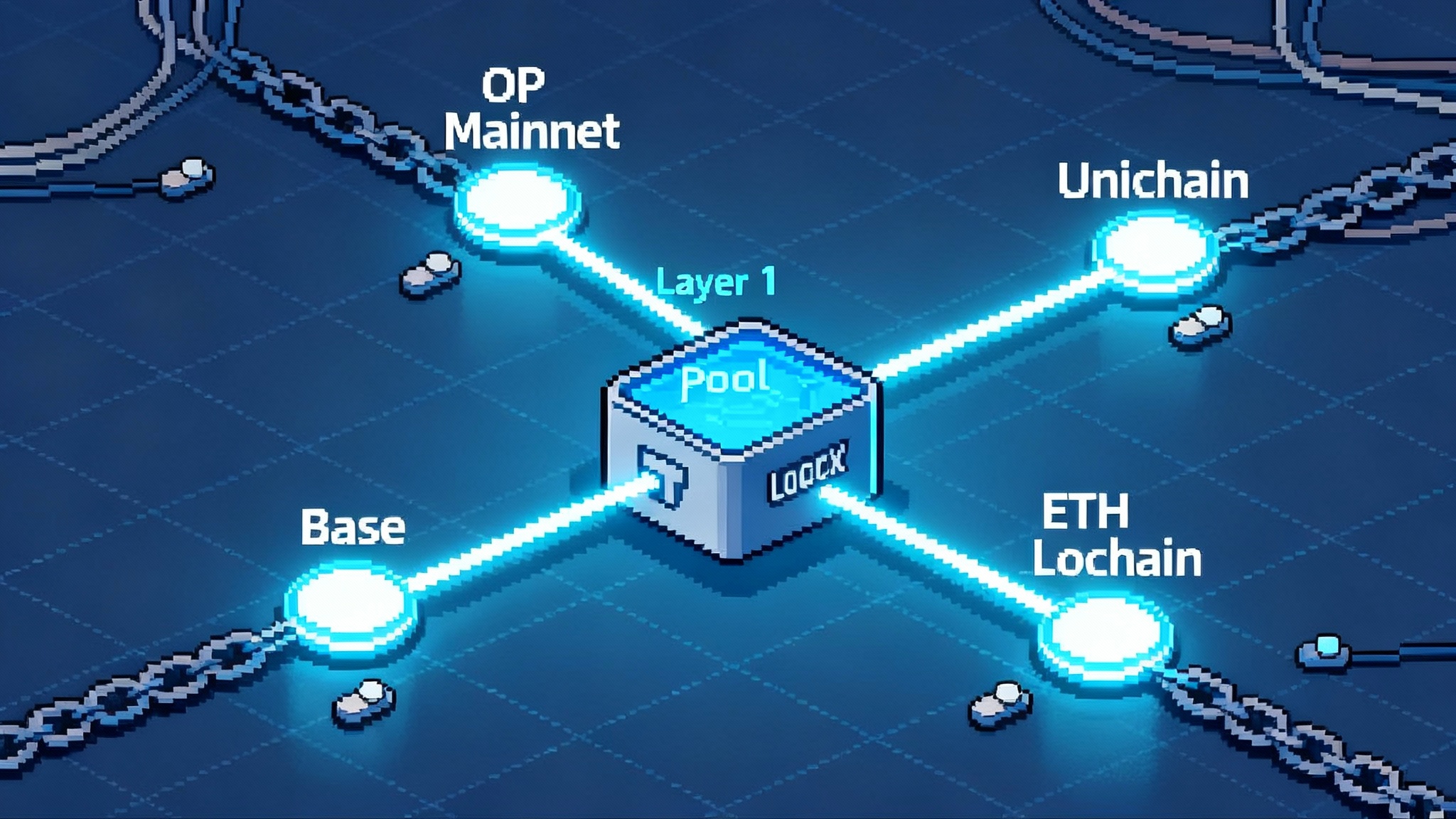Sovereign HODL: Seven Months Into the U.S. Bitcoin Reserve
Seven months after the March 6, 2025 order that created a Strategic Bitcoin Reserve, Washington has consolidated roughly 200,000 coins and signaled a no sell stance. Here is what October 2025 looks like, how the float tightened, and what comes next.
The week the float became policy
On March 6, 2025, the White House signed an executive order that made a simple idea official policy. The United States would treat Bitcoin as a strategic reserve asset and would construct a Digital Asset Stockpile under Treasury stewardship. The headlines focused on the novelty, but the substance was more practical. The government would consolidate coins it already controlled, set rules for custody and auditing, and, most importantly, adopt a default no sell stance.
Seven months later, in October 2025, the early contours are visible. Treasury has pulled together roughly 200,000 coins from disparate federal sources into a more coherent structure. The government is not chasing price or day trading. It is declaring that a portion of Bitcoin’s supply is off the market for policy reasons. That change sounds symbolic, yet it has real consequences for float, liquidity, and incentives across the mining and custody stack.
Think of the market as a lake fed by a steady stream. The stream is block rewards, which add about 450 coins a day after the 2024 halving. Fishers on the shore are exchanges, market makers, and end buyers. A government reserve is the equivalent of carving out a side basin with a lock. Water still flows into the lake, but a meaningful tranche is gated and held behind policy controls. Less free water means tighter fishing.
What Washington actually did on March 6
The order established two pillars. First, the Strategic Bitcoin Reserve, which covers coins the United States chooses to hold on a long horizon. Second, the Digital Asset Stockpile, a broader category that can include tokens acquired through seizures, settlements, or strategic purchases for research and resilience. The policy direction was explicit. Consolidate, secure, do not sell by default unless Congress or national security directives say otherwise.
Implementation has looked like a basement clean up followed by an institution grade build out. Federal holdings that had been scattered across agencies are being inventoried, tagged, and moved into a common governance framework. The custodian picture is hybrid. Cold storage vaults are maintained under Treasury procedures. Approved external providers handle certain operational tasks such as deposit address management and incident response. Names that come up in industry conversations include Anchorage Digital, Coinbase Custody, BitGo, and Fireblocks. The exact mix will change as the program hardens, but the direction is clear. This is not a hobby wallet. It is sovereign grade custody with layered controls.
The government also started writing down the boring parts that matter. Who generates keys, where, and with which hardware security modules. How a key ceremony is recorded. How many humans it takes to sign a move, and which roles are excluded from voting to prevent conflicts. Which audits are performed quarterly and which are performed annually. Which metrics must be reported to the public and which are only for oversight committees. These details are not splashy, but they are the scaffolding that turns a press release into an operating program.
The no sell stance and the shrinking float
Bitcoin’s headline supply is the roughly 19.7 million coins mined to date. The effective float is smaller once you subtract long dormant holdings, provably lost coins, and what is held by ultra long term owners. A formal no sell stance by the United States shrinks the float further. The exact impact depends on how much of the reserve would otherwise have been sold over a given time horizon. What matters to traders is not the concept but the flow. The reserve reduces the probability of coins hitting the market in size during risk off periods.
If you prefer a concrete yardstick, consider the liquid supply that sits on exchanges and in the hands of active market participants. If that active pool is on the order of a few million coins, then moving 200,000 coins off the chessboard is a single digit percentage reduction in immediately tradable supply. That kind of change does not guarantee price outcomes, but it tightens the springs. It supports a higher floor during stress and a steeper ramp during demand surges because market makers need to work harder to source inventory without moving price.
There is a subtler effect in derivatives. A tighter spot float can widen basis during bull phases and increase the cost of shorting. Lenders will demand more overcollateralization. Funding rates can snap positive for longer stretches, which is a tax on bears. These mechanics are not moral judgments. They are plumbing outcomes when one large holder declares, in effect, that inventory is gone for now.
Miners after the halving meet a sovereign buyer that does not sell
Miners live between physics and finance. Electricity, chips, and uptime determine how many coins they can produce. Treasury policy determines how easy it is to sell those coins into deep liquidity. After the April 2024 halving, subsidy per block fell to 3.125 coins. Daily issuance hovers around 450 coins, which finances payrolls, power contracts, and new machines. When a no sell reserve removes low friction inventory from the market, the marginal buyer must pay more, hedge more, or wait longer to fill.
For large miners like Marathon Digital and Riot Platforms, this has two practical consequences. First, revenue visibility improves if price rises in response to tighter float, which helps offset thinner subsidies. Second, hedging programs become more important because liquidity pockets can dry up faster during drawdowns. Miners that relied on at the market sales to keep lights on may adopt more term based offtake deals, more rolling collars, and more diversified credit lines. The operational winners will be the miners who can match their power costs to flexible load programs, so they can shut down profitably during price dips and sell more aggressively when spreads are favorable.
There is also a new customer profile emerging. States with reserve ambitions may prefer virgin or clean coins that have never touched exchanges. That creates a premium market for miners who can demonstrate machine level provenance and environmental reporting. Expect to see more green tinted audits, more standardized chain provenance certificates, and more direct sales from miners to state treasuries or their designated intermediaries.
States step into the lab: New Hampshire and the copycats
One of the most significant shifts since March is subnational activity. New Hampshire moved first with a state level reserve law that authorizes small, programmatic allocations and sets custody rules tailored to public finance. The point was not size. It was precedent. State treasurers now have a template to hold a volatile asset inside a public portfolio without violating fiduciary duty. The law ties purchases to a percentage of surplus or rainy day balances rather than fixed dollar amounts. It defines when coins can be tapped for fiscal needs and who must sign to move them. It also spells out third party audit requirements and incident reporting timelines.
Copycat proposals are gathering in states that like to compete on financial innovation. Texas and Wyoming are the obvious names. Energy producing states see a synergy between flexible loads, stranded power, and Bitcoin reserves that can be financed through local mining partnerships. Financial centers will sniff opportunity too. Expect bills that allow tiny allocations, perhaps capped at 1 percent of rainy day funds, with strict rules on custody and transparency.
This phase matters because American federalism is a policy sandbox. States move faster than Washington, they test language and controls, and they create vendor ecosystems. Once five or six states pass reasonably similar statutes, vendors can standardize hardware kits, key ceremonies, proof of reserve presentations, and audit packages that public sector lawyers can actually sign off on. That repeatability is how a niche idea becomes routine government operations.
Liquidity, market structure, and the path to 2026
A reserve that does not sell changes market structure in three visible ways.
First, dealer balance sheets matter more. When large, sticky holders remove inventory, market makers must warehouse risk across less forgiving cycles. That increases the value of relationships with long term holders who will lend coin in bull markets in exchange for basis capture, and it increases the value of access to retail flow that provides natural two way volume.
Second, price discovery migrates to venues with the deepest margin and the best balance sheet intermediation. The institutional bid that followed SEC’s 2025 ETF overhaul is an early tell. If United States policy makes certain custody configurations more attractive to institutions, centralized venues that can integrate with these configurations gain share at the expense of offshore platforms that cannot meet compliance expectations. The shift will not happen overnight. It will be most obvious in the growth of regulated block trades, in expanded futures open interest that rolls smoothly quarter to quarter, and in a slow decline of dramatic weekend gaps as liquidity becomes more institutional.
Third, volatility changes shape. The amplitude of capitulation wicks can decline because there is less free inventory to panic sell. The amplitude of upside blow offs can increase because short sellers face higher costs and tighter borrow. In plain terms, dips can get shallower and squeezes can get sharper. Traders will adapt with tighter position sizing, more options usage, and more dynamic hedges.
By 2026, look for three second order effects.
- Miner financing will look more like power project finance. Expect more off balance sheet vehicles that match term debt to long dated power contracts and to pre sold coin flows, with banks and specialized funds participating alongside equipment vendors.
- The rise of collateralized coin lending that is specifically designed for public entities. This will include hard caps on rehypothecation, automated withdrawal rights when market conditions change, and real time public dashboards that show balances, not pictures from a vault tour.
- A quiet race among central banks and sovereign funds to formalize their own no sell tranches. Some will be explicit and public. Others will be hidden inside sovereign wealth vehicles or development banks. The common feature will be the signal that a portion of supply has been removed from daily flows in favor of long horizon policy aims.
The international echo
When the United States labels Bitcoin strategic, peers take note. El Salvador is no longer the lone sovereign holder with a declared policy. Smaller energy exporters will view reserves as a hedge against commodity cycles. Financial hubs that pride themselves on custody and trust services will pitch themselves as neutral grounds for multi jurisdiction key ceremonies. Not every country will buy, and many will never say what they hold. What will spread is the idea that reserves are not just about dollars and gold. They are also about network assets that resist unilateral debasement and that clear on weekends.
A likely outcome is the formation of an informal no sell club. Members will not coordinate markets. They will coordinate process. Think standard operating procedures for sovereign custody, incident response templates, and audit rituals that borrow from both traditional reserve management and the best practices of security engineering.
The builder’s brief: where to plug in now
There is a clear to do list for teams that want to build for this new reality.
- Sovereign grade custody. Deliver hardened, modular custody that combines on premise hardware security modules with threshold signatures and air gapped workflows. Build for blast radius containment. Assume keys spill in one location and design controls that keep coins safe anyway.
- Transparent audits. Provide real proof of reserve that goes beyond marketing. Use tree based attestations that let the public verify balances without exposing addresses. Tie attestations to public finance data rails such as ISO 20022 onchain fund flows. Pair that with third party security audits that test not just code, but the human process around code.
- Multisite key ceremonies. Create repeatable playbooks for multi region, multi agency key generation with real time recording and tamper evident logs. Design for a world where a state treasurer, a federal official, and a contingency signer in a different jurisdiction can coordinate without meeting in person.
- Clean coin certification. Offer machine level provenance for freshly mined coins so that states and agencies can demonstrate that holdings have no sanctions exposure or tainted history. Do it with clear criteria, not vibes.
- Compliance rails. Give public entities a way to move coins through whitelisted routes, with automated checks for sanctions flags and with built in limits that stop accidental exposure to prohibited counterparties.
- Incident drills. Sell services that run red team exercises for key compromise, for insider risk, and for supply chain attacks on firmware. Pair those with tabletop scenarios for communications and public disclosure, because words matter when you move public money.
- Education packs. Provide plain language training for boards and oversight bodies, so they understand what a threshold signature is, why you cannot just reset a seed phrase like a password, and how to read a proof of reserve report without getting lost in jargon.
What to watch next
Three dashboards matter over the next year.
- Treasury implementation reports. Look for regular disclosures that show how much coin is consolidated, how custody is partitioned, and what audit outcomes reveal. Pay attention to the language around exceptions to the no sell stance.
- New state allocations. Track which legislatures introduce reserve language tied to rainy day funds and which treasurers publish operational standards. Watch for consortium models where several small states pool custody.
- Sovereign custody and audit standards. Expect templates to coalesce around a few open specifications for keys, attestation, and incident response. Regulatory playbooks honed in Stablecoins hit $300B risk warnings will inform disclosure norms. The details will look dry, but that is the point. Dry is the foundation of trust.
The upshot
The Strategic Bitcoin Reserve has turned a cultural idea into a policy lever. Seven months in, the most important change is not a price chart. It is the mental model that a major government can be a long term holder that does not sell in ordinary times. That shrinks effective float, nudges miners toward more professional financing, and invites states and foreign peers to build their own playbooks.
If you build, build for the boring parts that must work on a bad day. If you invest, recognize that supply is now a policy variable. If you govern, focus on controls that scale across agencies and across borders without drama.
The market will keep arguing about whether this is bullish or prudent. The more interesting question is operational. Can we make sovereign grade custody and auditability so reliable that the debate shifts from if to how much. That is where the next compounding gains will come from, and that is where the next generation of public finance tools can earn their place by being resilient, legible, and unexciting in the best possible way.








